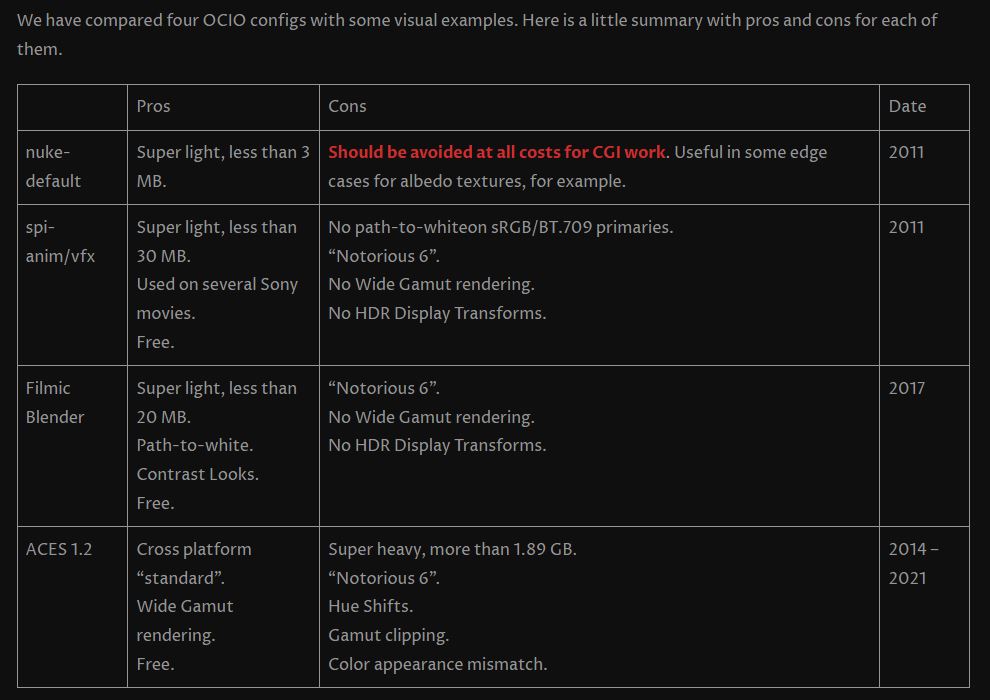RANDOM POSTs
-
Watch Google’s Stadia Event In 5 Minutes
Read more: Watch Google’s Stadia Event In 5 MinutesEDIT 20220929: Google to close Stadia cloud service and refund gamers
https://www.bbc.com/news/technology-47634263
If it does indeed go for a subscription model, Google has some important decisions to make about how will dish money out to publishers.
On YouTube, one of the stats that determines how much ad revenue creators get is “minutes watched”. In gaming, “minutes played” could lead to some developers introducing gameplay mechanics that are counter-intuitive to a good time, but vital if they are to gain income.
Or, developers might have to make up the loss of funds by encouraging players to pay for additional items to progress more quickly, in a far more aggressive manner than console gamers are used to today.
The ad-laden, endorphin-pumping, lootbox-peddling mobile gaming industry might be considered the canary in a very miserable coal-mine, here. Paying for a games console, and its games, may not be such a bad thing after all.
-
Mickey Mouse The Band Concert (1935)
Read more: Mickey Mouse The Band Concert (1935)https://www.youtube.com/watch?v=IErXg5kBXXg
-
Equirectangular 360 videos/photos to Unity3D to VR
Read more: Equirectangular 360 videos/photos to Unity3D to VRSUMMARY
- A lot of 360 technology is natively supported in Unity3D. Examples here: https://assetstore.unity.com/packages/essentials/tutorial-projects/vr-samples-51519
- Use the Google Cardboard VR API to export for Android or iOS. https://developers.google.com/vr/?hl=en https://developers.google.com/vr/develop/unity/get-started-ios
- Images and videos are for the most equirectangular 2:1 360 captures, mapped onto a skybox (stills) or an inverted sphere (videos). Panoramas are also supported.
- Stereo is achieved in different formats, but mostly with a 2:1 over-under layout.
- Videos can be streamed from a server.
- You can export 360 mono/stereo stills/videos from Unity3D with VR Panorama.
- 4K is probably the best average resolution size for mobiles.
- Interaction can be driven through the Google API gaze scripts/plugins or through Google Cloud Speech Recognition (paid service, https://assetstore.unity.com/packages/add-ons/machinelearning/google-cloud-speech-recognition-vr-ar-desktop-desktop-72625 )
DETAILS
- Google VR game to iOS in 15 minutes
- Step by Step Google VR and responding to events with Unity3D 2017.x
https://boostlog.io/@mohammedalsayedomar/create-cardboard-apps-in-unity-5ac8f81e47018500491f38c8
https://www.sitepoint.com/building-a-google-cardboard-vr-app-in-unity/- Gaze interaction examples
https://assetstore.unity.com/packages/tools/gui/gaze-ui-for-canvas-70881
https://s3.amazonaws.com/xrcommunity/tutorials/vrgazecontrol/VRGazeControl.unitypackage
https://assetstore.unity.com/packages/tools/gui/cardboard-vr-touchless-menu-trigger-58897
- Basics details about equirectangular 2:1 360 images and videos.
- Skybox cubemap texturing, shading and camera component for stills.
- Video player component on a sphere’s with a flipped normals shader.
- Note that you can also use a pre-modeled sphere with inverted normals.
- Note that for audio you will need an audio component on the sphere model.
- Setup a Full 360 stereoscopic video playback using an over-under layout split onto two cameras.
- Note you cannot generate a stereoscopic image from two 360 captures, it has to be done through a dedicated consumer rig.
http://bernieroehl.com/360stereoinunity/
VR Actions for Playmaker
https://assetstore.unity.com/packages/tools/vr-actions-for-playmaker-52109100 Best Unity3d VR Assets
http://meta-guide.com/embodiment/100-best-unity3d-vr-assets…find more tutorials/reference under this blog page
(more…)
COLLECTIONS
| Featured AI
| Design And Composition
| Explore posts
POPULAR SEARCHES
unreal | pipeline | virtual production | free | learn | photoshop | 360 | macro | google | nvidia | resolution | open source | hdri | real-time | photography basics | nuke
FEATURED POSTS
Social Links
DISCLAIMER – Links and images on this website may be protected by the respective owners’ copyright. All data submitted by users through this site shall be treated as freely available to share.







